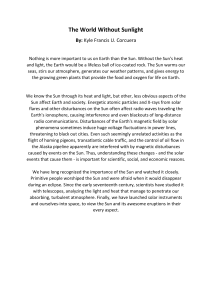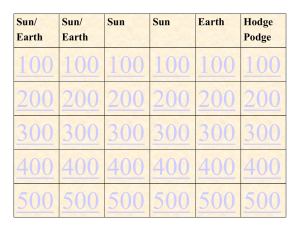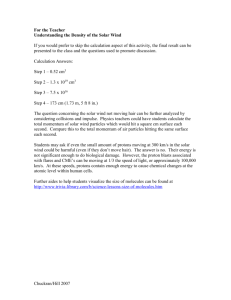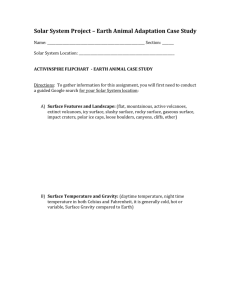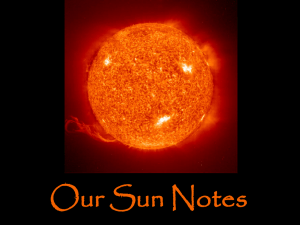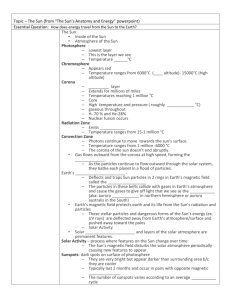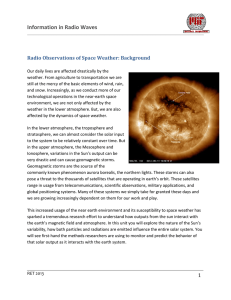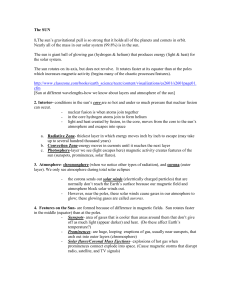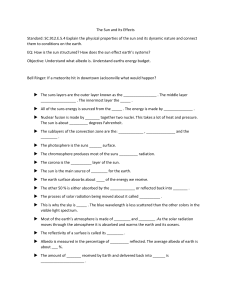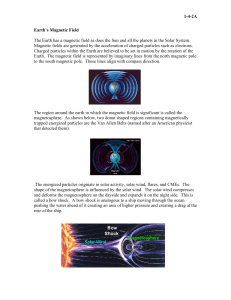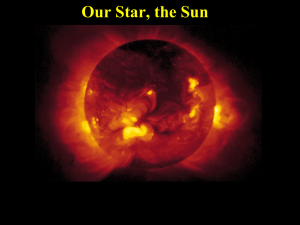The Effects of Space Weather
advertisement
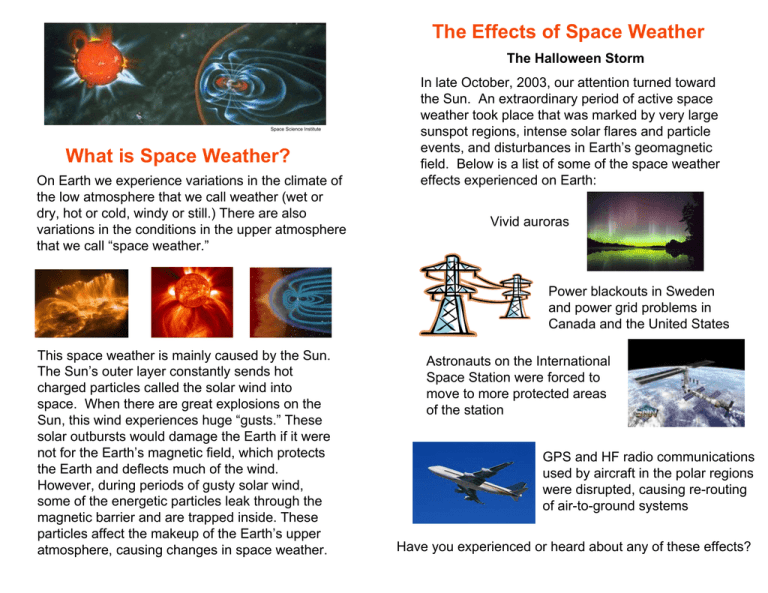
The Effects of Space Weather The Halloween Storm Space Science Institute What is Space Weather? On Earth we experience variations in the climate of the low atmosphere that we call weather (wet or dry, hot or cold, windy or still.) There are also variations in the conditions in the upper atmosphere that we call “space weather.” In late October, 2003, our attention turned toward the Sun. An extraordinary period of active space weather took place that was marked by very large sunspot regions, intense solar flares and particle events, and disturbances in Earth’s geomagnetic field. Below is a list of some of the space weather effects experienced on Earth: Vivid auroras Power blackouts in Sweden and power grid problems in Canada and the United States This space weather is mainly caused by the Sun. The Sun’s outer layer constantly sends hot charged particles called the solar wind into space. When there are great explosions on the Sun, this wind experiences huge “gusts.” These solar outbursts would damage the Earth if it were not for the Earth’s magnetic field, which protects the Earth and deflects much of the wind. However, during periods of gusty solar wind, some of the energetic particles leak through the magnetic barrier and are trapped inside. These particles affect the makeup of the Earth’s upper atmosphere, causing changes in space weather. Astronauts on the International Space Station were forced to move to more protected areas of the station GPS and HF radio communications used by aircraft in the polar regions were disrupted, causing re-routing of air-to-ground systems Have you experienced or heard about any of these effects?
